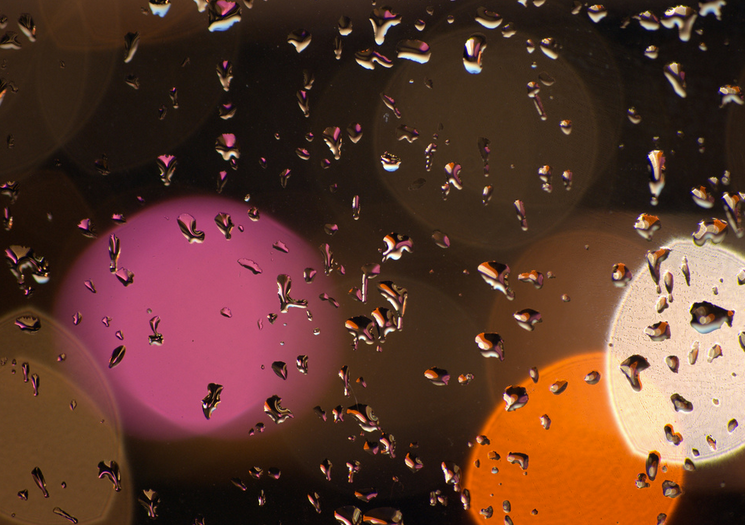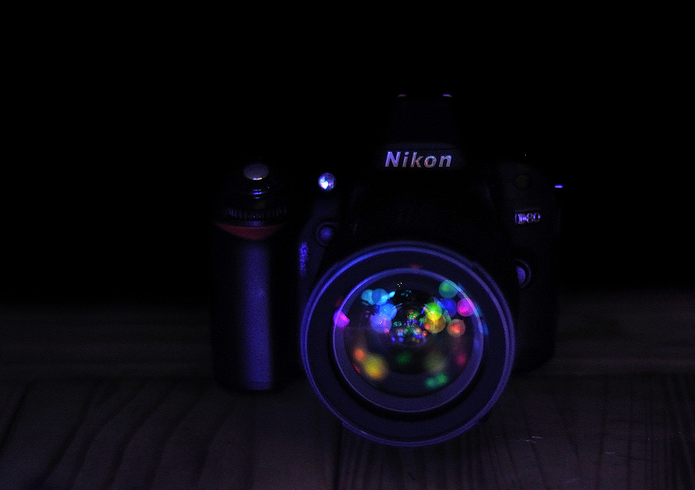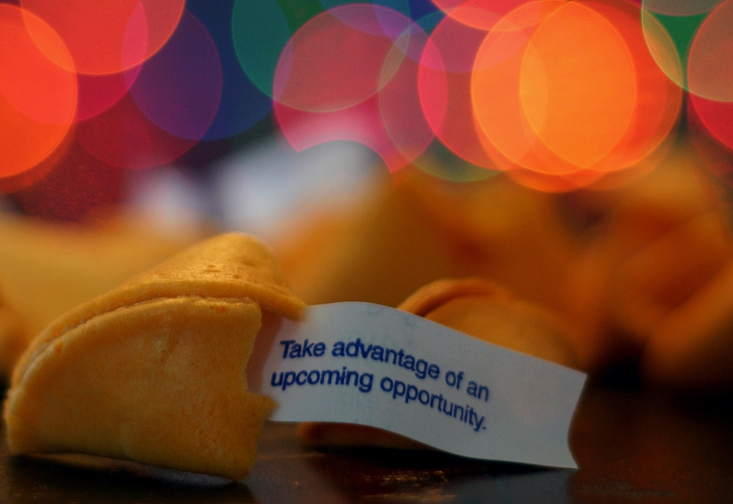HTC is on the brink of launching what is widely believed to be its new flagship Android phone, the HTC One (M8). And the smartphone's most talked-about feature is a second rear-facing camera lens and its ability to achieve bokeh.
Photographers debate about bokeh, as well as the different adjectives that describe it, and which lenses can best capture or achieve the effect. So don't be too surprised if the you hear about the photography world getting up in arms when it comes to the new HTC One and whether it can do true bokeh.
After all, there's different types of bokeh. You have good and bad bokeh, and there are many ways to get both. If you're confused about bokeh altogether and want to know a little more information, not to mention how HTC could include the effect as part of the HTC One's tool kit, keep on reading. Pocket-lint explains everything and provides examples to boot.
READ: HTC One (M8) release date, rumours and everything you need to know (updated)
What is bokeh?
Bokeh is the official name for a specific photography effect. The name actually comes from the Japanese word for blur or haze: boke. It also comes from the Japanese word for blur quality: boke-aji. All you need to know is that bokeh is the aesthetic quality of out-of-focus blur in a photograph.
If you'd like a more technical definition, Nikon described bokeh as "the effect of a soft out-of-focus background that you get when shooting a subject, using a fast lens, at the widest aperture, such as f/2.8 or wider". In other words, bokeh is rendered by the camera's lens, and different lenses produce different results. That's because bokeh is affected by the aperture (more specifically, the shape of the diaphragm blades) of the lens.
Nikon said a lens with more circular-shaped blades will have rounder, softer orbs of out-of-focus highlights, whereas a lens with an aperture that is more hexagonal in shape will reflect that shape in the highlights. Photographers also debate about whether bokeh's main characteristic is the quality of reflections and highlights in a photograph or the quality of the entire out-of-focus blur in a photograph.
Just remember that bokeh is the out-of-focus blur in a photograph - and your camera's lens will determine the design, shape, and size of visible bokeh.
How do you pronounce bokeh?
Bokeh is pronounced as boh-ke or boh-kay. There's still some debate as to which is most correct.

What is an example of bokeh?
Good examples of bokeh are often subject portraits. Specifically, close-up portraits or even macro photographs of nature. You'll even see photographers use the bokeh effect a lot around the Christmas season too, because holiday lights and reflective ornaments will look soft, pastel, diffused, and just beautiful.
How do you achieve bokeh?
To achieve bokeh in a photograph you need a fast lens with at least an f/2.8 aperture (although wider apertures like f/2, f/1.8 or f/1.4 are better). When shooting, make sure the lens is wide open. Most photographers prefer to shoot in a manual mode as well, so they can set their aperture and shutter speed.
If you don't have a great lens, try to increase the distance between the background and your subject. To do this, simply decrease the distance between the camera and your subject to create a more shallow depth-of-field. In a nut shell: the further away your background is, the more out-of-focus the background will appear.
And finally, you'll want highlights on your background. As mentioned earlier, holiday lights can achieve a great bokeh effect with glowing orbs of light. You can also use a backlight, side light, or a hair light.

Which lenses can achieve good bokeh?
We've already suggested you use a fast lens with a wide aperture. If you'd like more technical advice, get a fast lens with a round-blade apertures. High-end examples include the Nikon 85mm f/1.4D or Canon 85mm f/1.2II USM. Cheaper versions include the Nikon 85mm f/1.8D or Canon 85mm f/1.8 USM.
That said - there are a wide range of lenses on the market. The best advice is just to do your research and find an ideal lens that suits your bokeh needs.
Will the HTC One (M8) achieve bokeh?
Rather than using a single sensor and lens, the HTC One (M8) is rumoured to have two separate sensors on its rear. The second sensor is expected to conjure up depth data - relaying more information to the camera's processor about the photograph that the first sensor captured. The second sensor should be able to do this because it is offset from the first sensor and can determine the distance between the phone and the object/subject being photographed. This technology is actually quite similar to how 3D cameras determine depth.
In this instance, because the camera processor will have access to information like depth data, it can effectively apply filters and even replace the background or the foreground or single objects in a photograph. If the rumour mill is to be believed, the HTC One camera will snap a picture that is layered, enabling you to subsequently refocus on parts of the image after the event. Apply a shallow depth-of-field effect that'll blur the background, for instance, making the foreground appear more vivid.
In that regard, the HTC One is likely to be able to achieve bokeh, though some would only describe it as post-processing.
Why would you want bokeh?
Bokeh - if done well - is generally considered pleasing for your eyes and your perception of a photograph, because it can add softness to an otherwise harshly lit photograph. A blurred background that is both soft and creamy - and has a sprinkling of smooth, round orbs of glowing light with absolutely no hard edges - is simply stunning.
Additionally, it takes a technical skill and a definite artistic viewpoint to capture a good example of bokeh. The photography effect is therefore very admired among professional photographers and art junkies alike.

